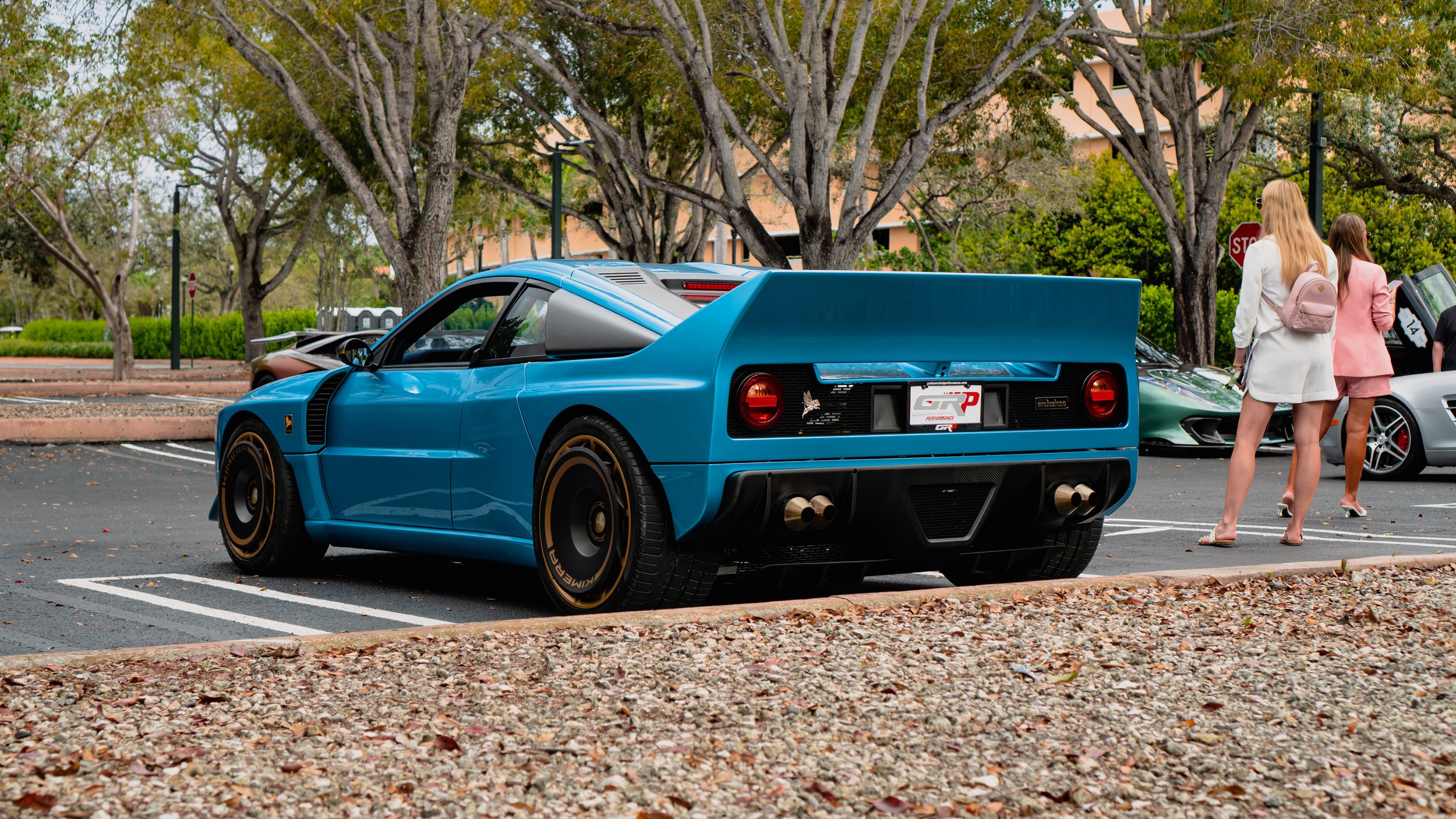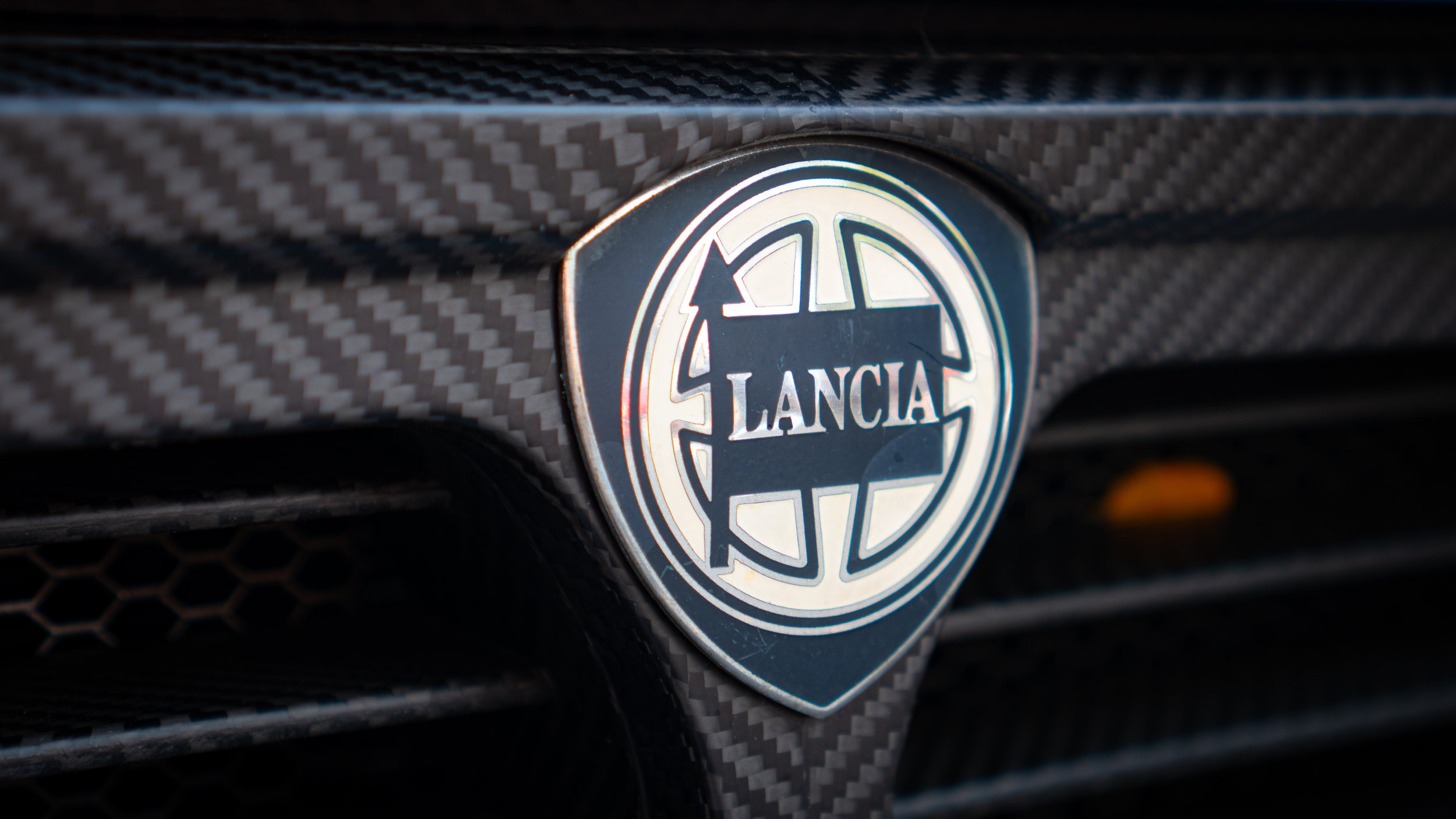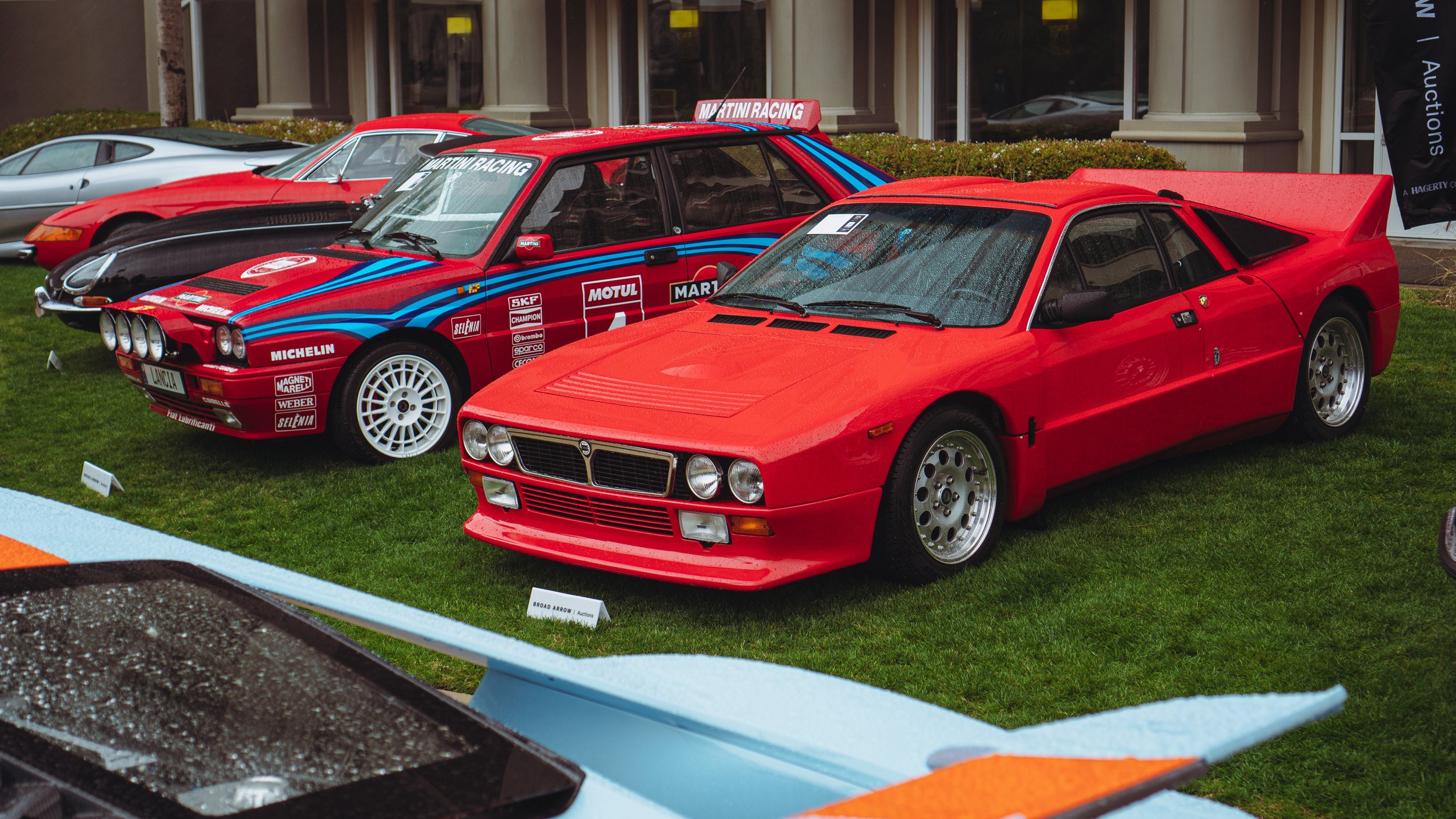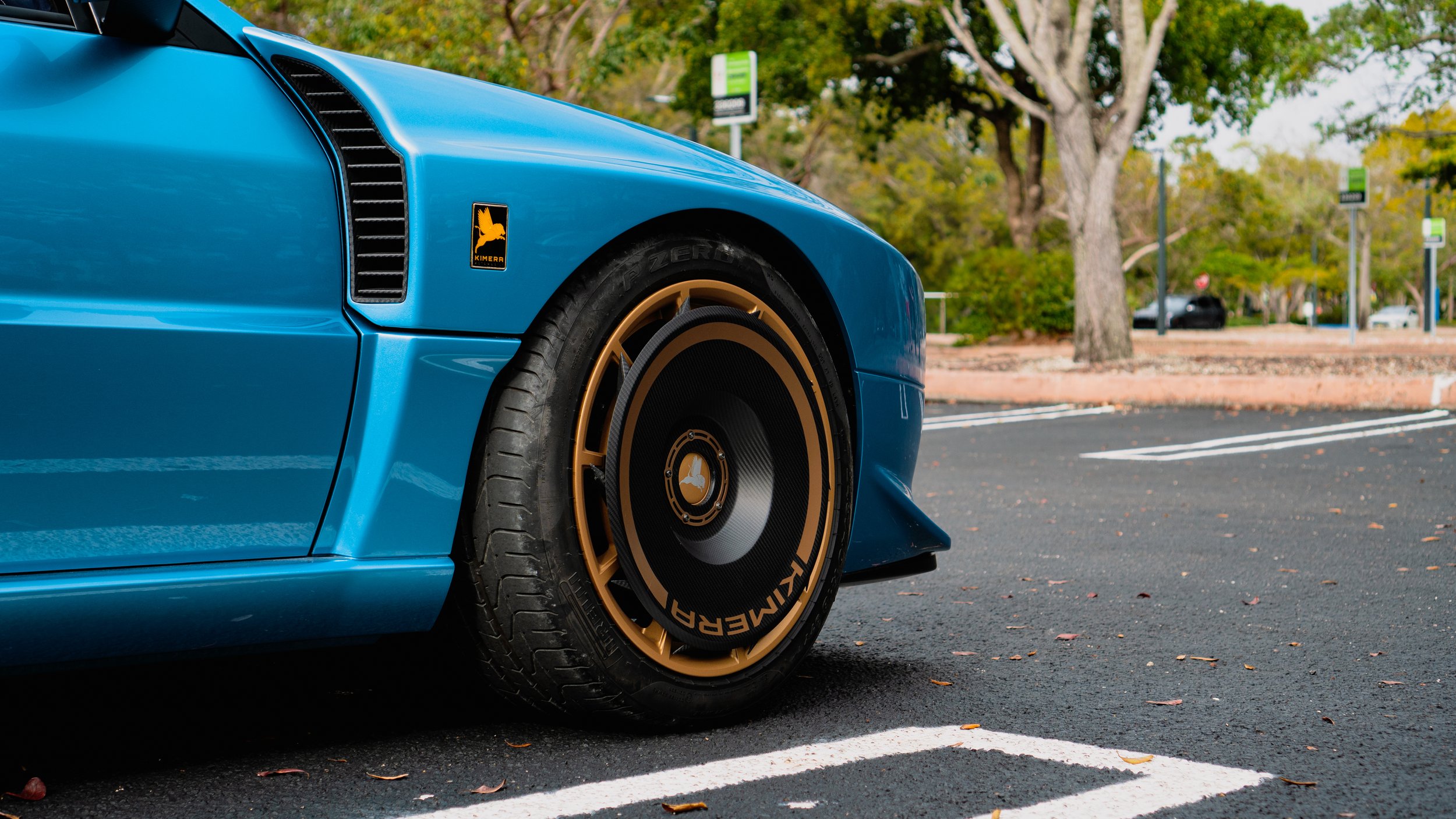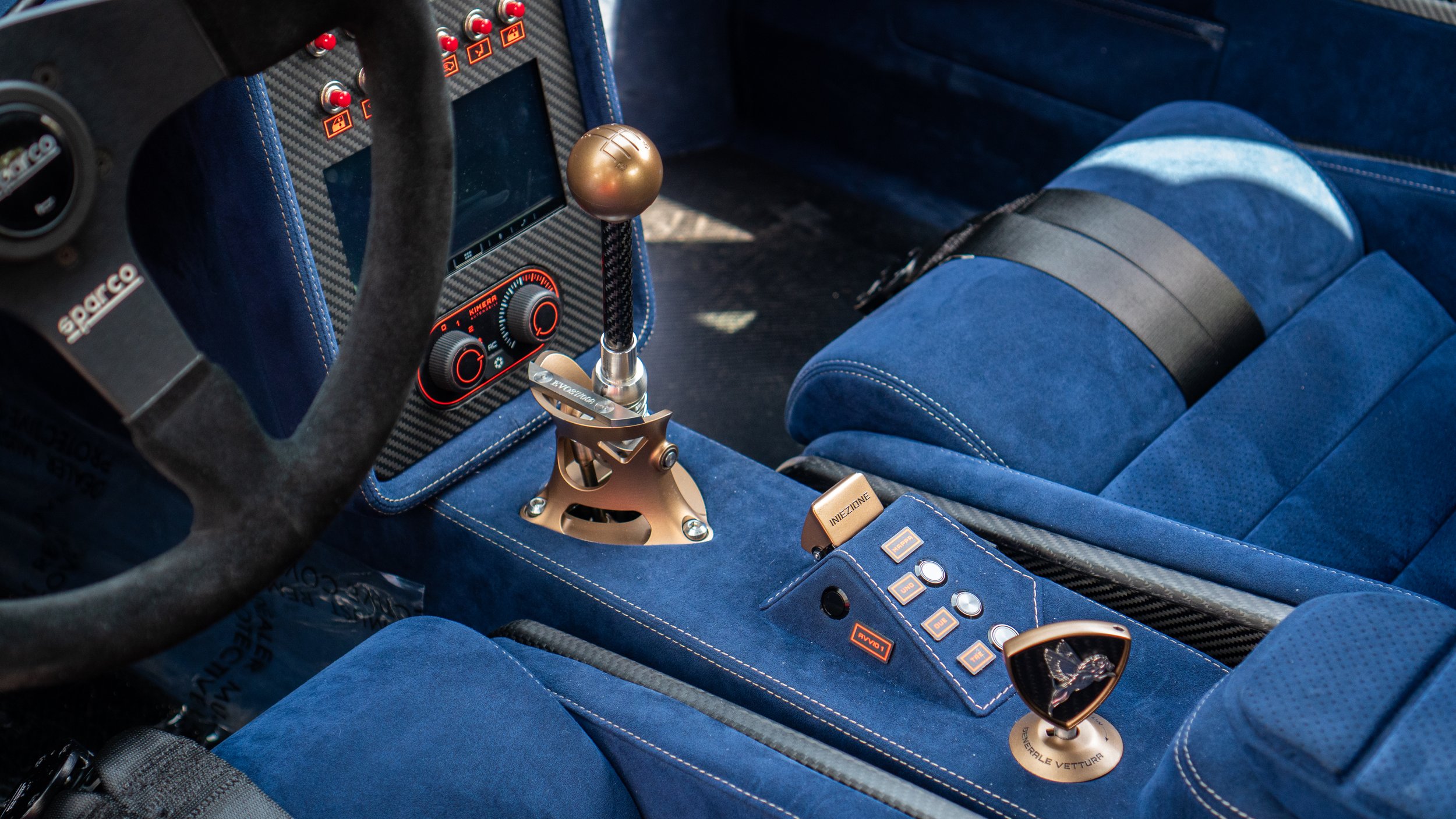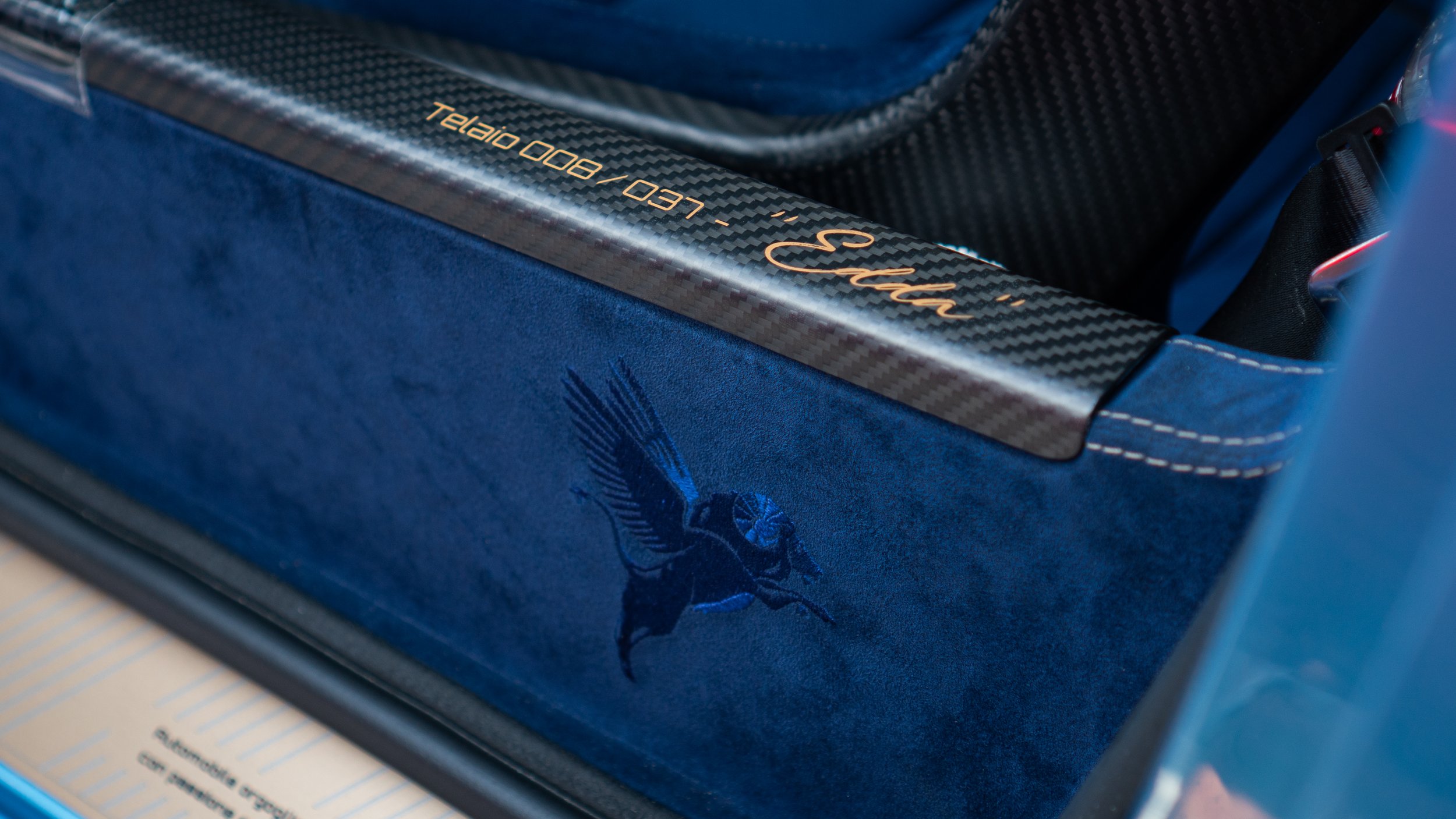Edda Sings Again
There will never be a more thrilling, chaotic, spectacular and unhinged period in motorsport than the era of Group B Rally Racing. Created in 1982 by the FIA, Group B was a set of regulations that dictated how qualifying race cars were to be built. Ironically, Group B stands out for its relative lack of regulations. Guidelines for power, minimum weight, engine capacity and construction were wide open, creating an space for manufacturers to craft some of the most powerful, sophisticated, and deranged race cars history would ever see.
The goal of these lax regulations was to create more unique racing classes for these versatile cars to compete in. This included traditional circuit racing and off-road racing, the latter becoming far and away the most popular. This hands-off approach made for some of the most exciting, and yet most gruesome moments in motorsport.
Rallies were held on closed sections of public roads and plotted off-road trails. These narrow, winding roads would never be as well maintained as a traditional race track, and there was simply no way to control the crowds that would gather alongside each course, with no barriers to separate them from the racing line. Spectators would even stand right on the course itself, parting like the Red Sea for passing cars. It wasn't uncommon for guests to lose their fingers from getting clipped by a passing racer; a red sea indeed.
These liberal regulations extended to the manufacturers & teams as well. Rules dictated that only a minimum of 200 production versions of a car that they planned to race, an especially small number for something that was to be considered a "production car." This meant that manufacturers had the freedom to experiment with all kinds of innovation and design, as the needs of a mass market were not a priority.
The Lancia 037 is one of my favorite cars spawned by Group B, as its design, engineering, and series of victories are a culmination of everything that made this era of racing so great. A delicate, low-slung, mid-engined, rear-wheel-drive sports car would seem incredibly out of place considering the conditions of rally racing. Lancia isn't the only company that's entered a car like this in rallying, but they're the only one that has such a level of success with such a subversive design for the sport.
In fact, the 037 wasn't even their first mid-engined exotic car to win at rallying. That honor goes to the Stratos, the car that first established Lancia's legacy in this realm of motorsport. The 037 was, however, the hero of Lancia's infamous rivalry with Audi during the 1983 World Rally Championship. That is another story for another time, but it's yet another reason why this car feels so special.
The 037 is a uniquely beautiful car that cleverly integrates the blockier design elements of Lancia's front-engined coupes with that of a sleek, mid-engined profile. These are shapes and styles that don't necessarily work together - like putting a Dodge Challenger's front end on a Ferrari 308 - but in a way, that design reflects Group B's chaotic & captivating thrill.
Every account of the Lancia 037, be it from an automotive journalist or the fortunate few who actually raced these cars, glows with adoration and reverence, praising the car's eager performance and sublime balance. For all of the madness and chaos associated with Group B rallying, it's easy to imagine the cars that raced as equally brutal and unforgiving, but the 037 has always been remembered as a lithe and delicate dancer that strutted effortlessly across stages from Europe to Africa to South America and back. However, the 037 was ultimately a purpose-built race car, and while road-legal versions did indeed exist, a consequence of "being a race car first" is that many components such as ergonomics, fit & finish, and critically, safety, are less of a priority.
This is where Kimera Automobili steps in. Using a humble Lancia Montecarlo chassis as a base, Kimera reimagines the iconic 037 as a bespoke modern hypercar without straying from its core character. Spearheaded by former rally driver Luca Betti, development started in 2018 and production took off at their factory in Cueno, Italy in 2020. Using 3D scanning & printing, CAD & CNC, Kimera has created a brilliant revival of Lancia's racer. Proportions are slightly altered from the original, but only just, and the EVO37 still retains everything that distinguishes the original Lancia 037.
This includes a unique, twin-charged 2.1L four-cylinder engine, built by Italtecnica engineering. With 505 bhp on tap, the EVO37 produces over twice the power of the original road car. All of this is kept in check by a chassis developed with input from former World Rally Champion Miki Biasion, Fiat's motorsport general Sergio Limone, and former Lancia powertrain development boss Claudio Lombardi, adding to the respect for authenticity in this car's history.
The cabin is a far cry from the dour & utilitarian interior of the original and on par for the Kimera's very handsome price of around $600,000. Clients can specify their own selection of colors and materials, and I especially appreciate how much "style for style's sake" is present here. Kimera retains the straight & sturdy lines of the 037, but dresses it up beautifully with brushed gold trim and a very shapely platform around the shifter that features a small plaque with the chassis number. The large emblem protruding from the center console is actually the key!
Each Kimera is given a name by the client who commissions each respective car. "Edda" is the first EVO37 built for the American market, and her name references soprano singer Edda Dell’Orso.
I am thoroughly enjoying the rapid rise of manufacturers that specialize in remaking classic sports cars. "Remakes" can take many forms; they can be nut & bolt continuations of classic cars like we've seen from Aston Martin or Jaguar, they can be beautifully crafted custom works that blend tailored design with modern construction like Singer or Alfaholics, or they can be ground-up remasters that emulate the cars that inspired them, breathing new life into their respective capability and character, like the Kimera EVO37. What makes this car in particular so intriguing, is the way it recontextualizes the car it's based on while still remaining true to its original form. When reimagining such a niche car so thoroughly, there's a risk of becoming too far removed from what made the car so significant in the first place. The EVO37 civilizes and refines Group B's riotous history, highlighting excitement and sensation of rallying and leaving its more grim chapters back in the history books.
The original Lancia 037 is an extremely special car that deserves its place among modern exotics, and I'm thrilled to see a company like Kimera giving it the attention it deserves.

